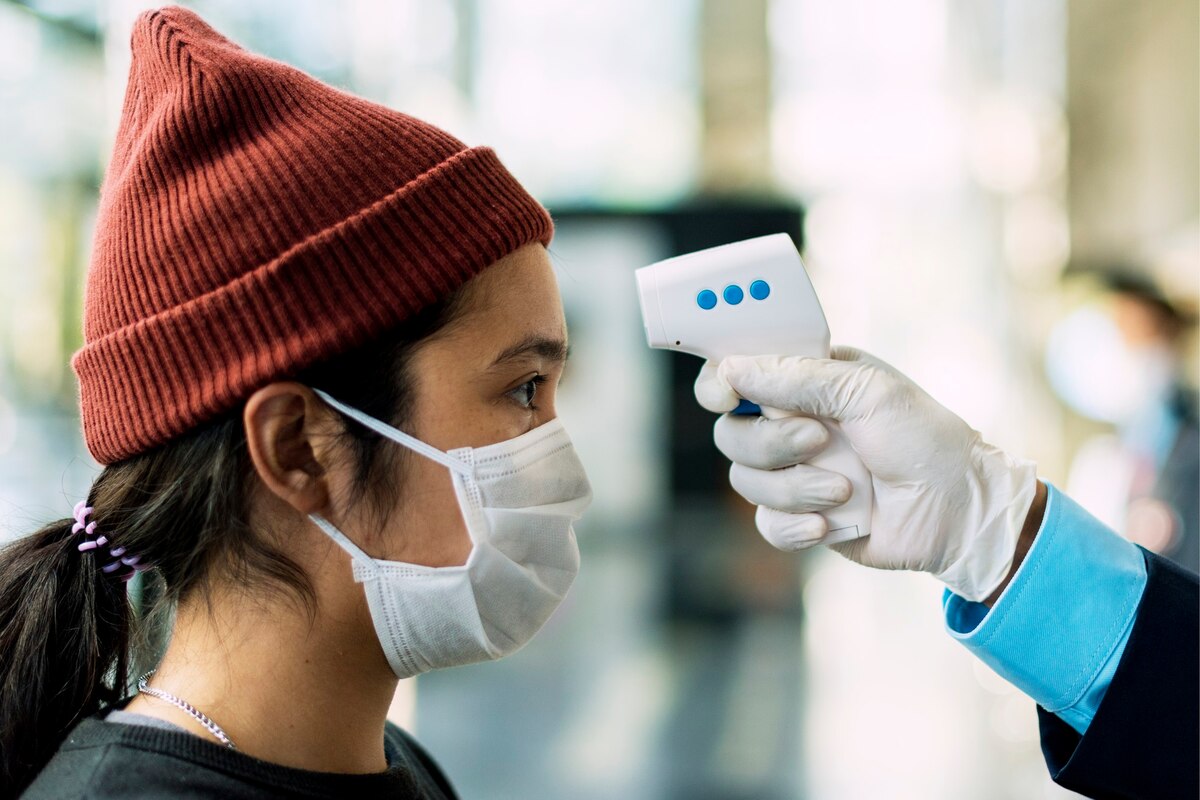In recent years, the importance of robust disease surveillance systems has come to the forefront of public health discussions. Effective surveillance is essential for detecting outbreaks, monitoring disease trends, and guiding health interventions.Read More
The Role of Community Health Initiatives Community health initiatives focus on empowering local populations to take charge of their health. These programs are designed to foster collaboration among health agencies, local organizations, and community members. By mobilizing resources and increasing awareness about health issues, these initiatives can enhance disease surveillance efforts. For example, local health workers often serve as the first point of contact for individuals experiencing health concerns. Their knowledge of the community’s unique dynamics allows them to identify unusual patterns in illness and report them promptly to health authorities. Enhancing Data Collection and Reporting One of the main benefits of community health initiatives is the improvement of data collection and reporting processes. In many areas, health data is not adequately recorded or shared. Community health programs can bridge this gap by implementing systems for collecting health information. Through surveys, health screenings, and educational workshops, these initiatives can gather valuable data about disease prevalence, risk factors, and community health behaviors. Moreover, training community members to report their observations can significantly enhance the timeliness of data collection. When individuals feel empowered to share their experiences and concerns, health officials can respond more swiftly to emerging health threats. Promoting Public Health Education Effective disease surveillance is not solely about data collection; it also involves educating the community about health risks and preventive measures. Community health initiatives often incorporate educational components that inform residents about common diseases, their symptoms, and the importance of reporting illness to health authorities. By fostering a culture of health literacy, these initiatives can encourage proactive health-seeking behaviors, ultimately leading to earlier detection and intervention. Fostering Collaboration Across Sectors Strengthening disease surveillance systems requires a collaborative approach that includes various stakeholders, such as healthcare providers, schools, and local businesses. Community health initiatives serve as a catalyst for this collaboration. By bringing together diverse groups, these programs can create comprehensive strategies for disease surveillance that address the specific needs of the community. For instance, partnerships with schools can facilitate the sharing of health information and resources, ensuring that children and families receive timely health education. Local businesses can also play a role by promoting wellness initiatives that encourage employees to engage in healthy behaviors. These collaborative efforts create a holistic approach to disease surveillance, allowing for a more effective response to health threats. Leveraging Technology for Better Surveillance In today’s digital age, technology can significantly enhance disease surveillance efforts. Community health initiatives can leverage mobile health applications and data analytics tools to streamline reporting processes and improve data accuracy. For example, apps that allow individuals to report symptoms or health concerns can provide real-time data to health officials, enabling faster responses to potential outbreaks. Additionally, social media platforms can be utilized to disseminate health information widely, reaching a larger audience and encouraging community members to participate in health monitoring efforts. This integration of technology not only enhances data collection but also promotes community engagement in disease surveillance. Conclusion Strengthening disease surveillance systems through community health initiatives is vital for protecting public health. By enhancing data collection, promoting health education, fostering collaboration, and leveraging technology, these initiatives empower communities to actively participate in their health. As we continue to navigate public health challenges, investing in these initiatives will be crucial for building resilient and responsive disease surveillance systems that can effectively safeguard our communities.

Community Health Initiatives: Strengthening Disease Surveillance Systems
In recent years, the importance of robust disease surveillance systems has come to the forefront of public health discussions. Effective surveillance is essential for detecting outbreaks, monitoring disease trends, and guiding health interventions.Read More
